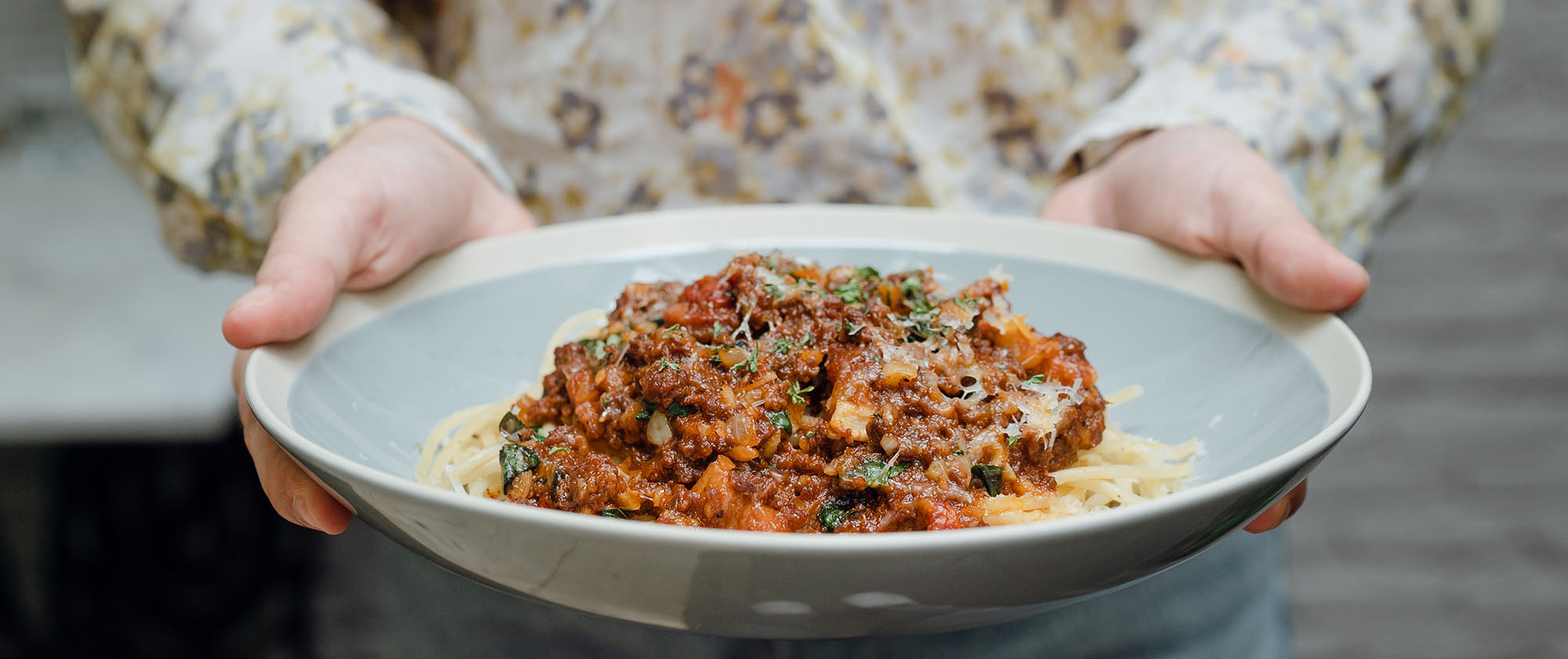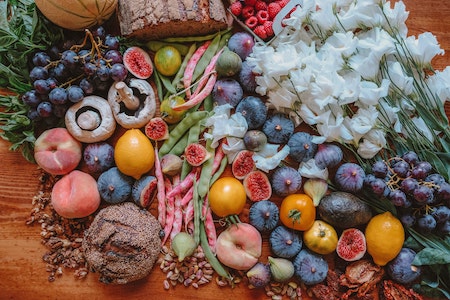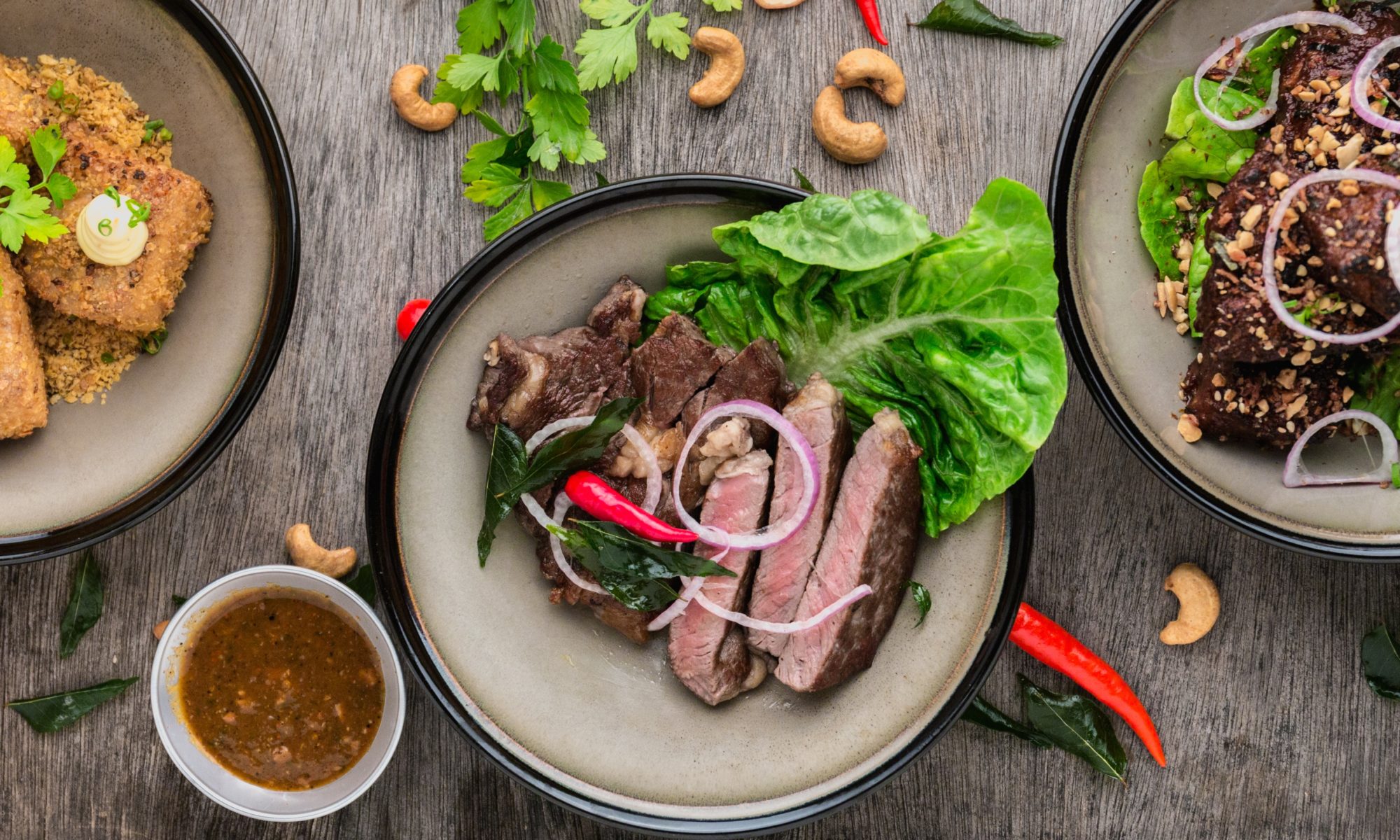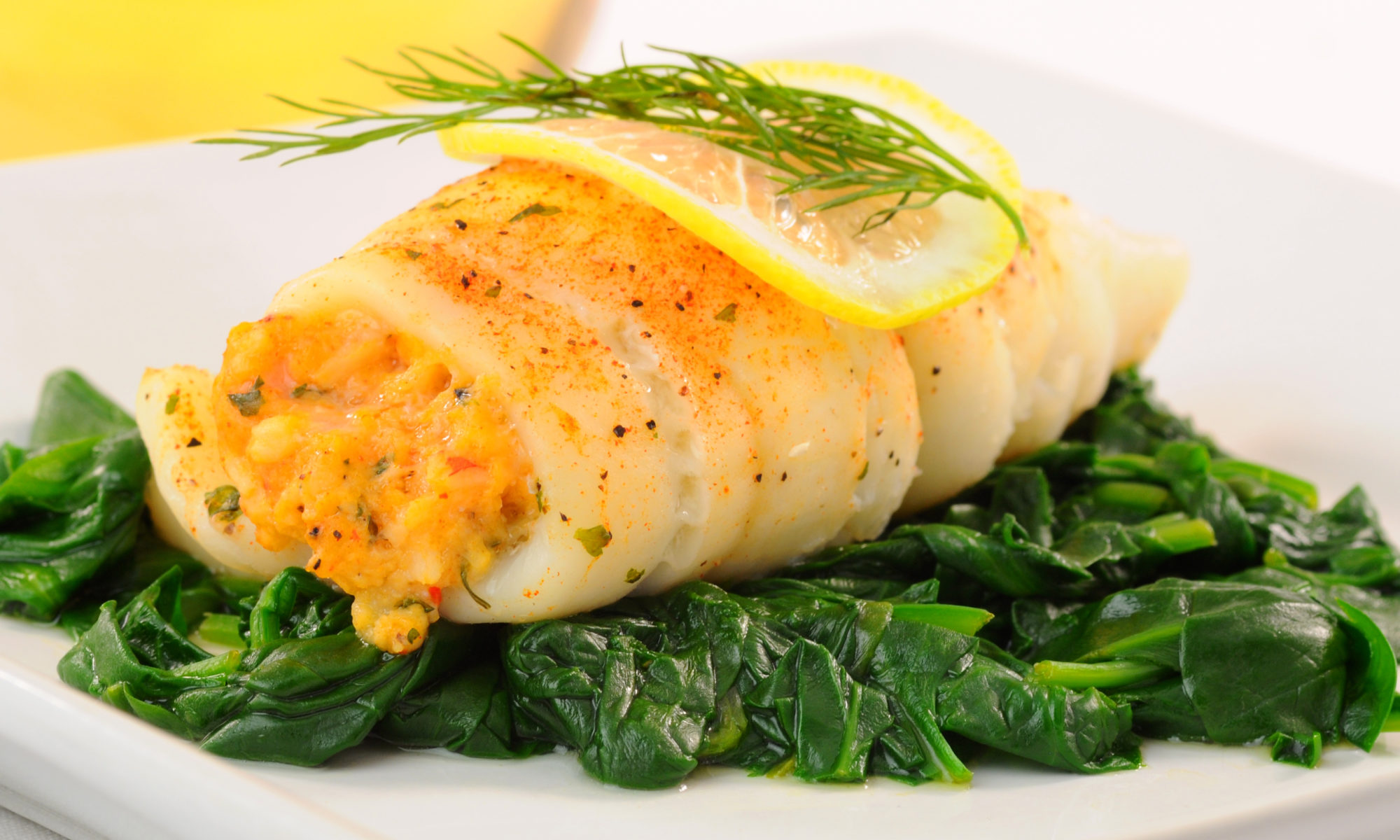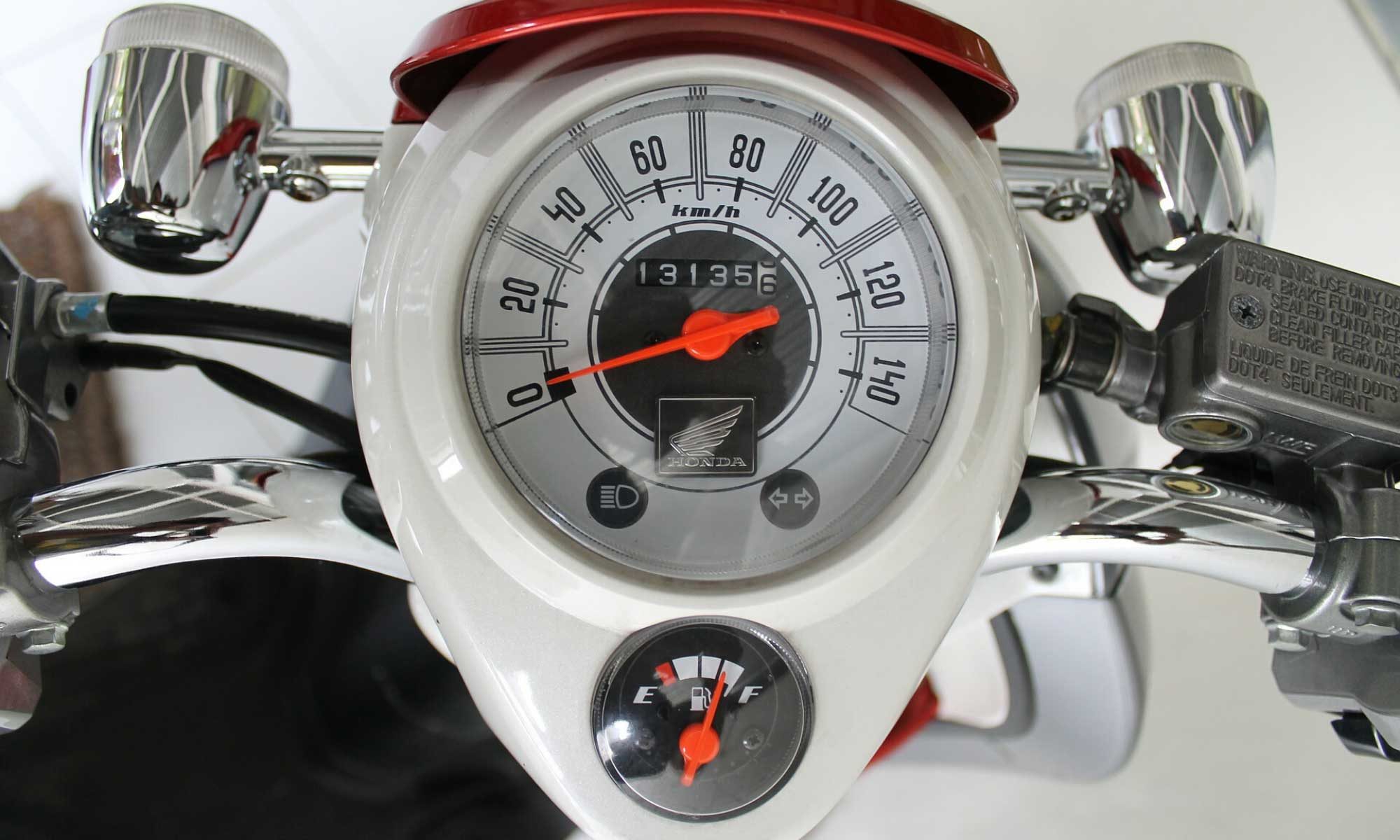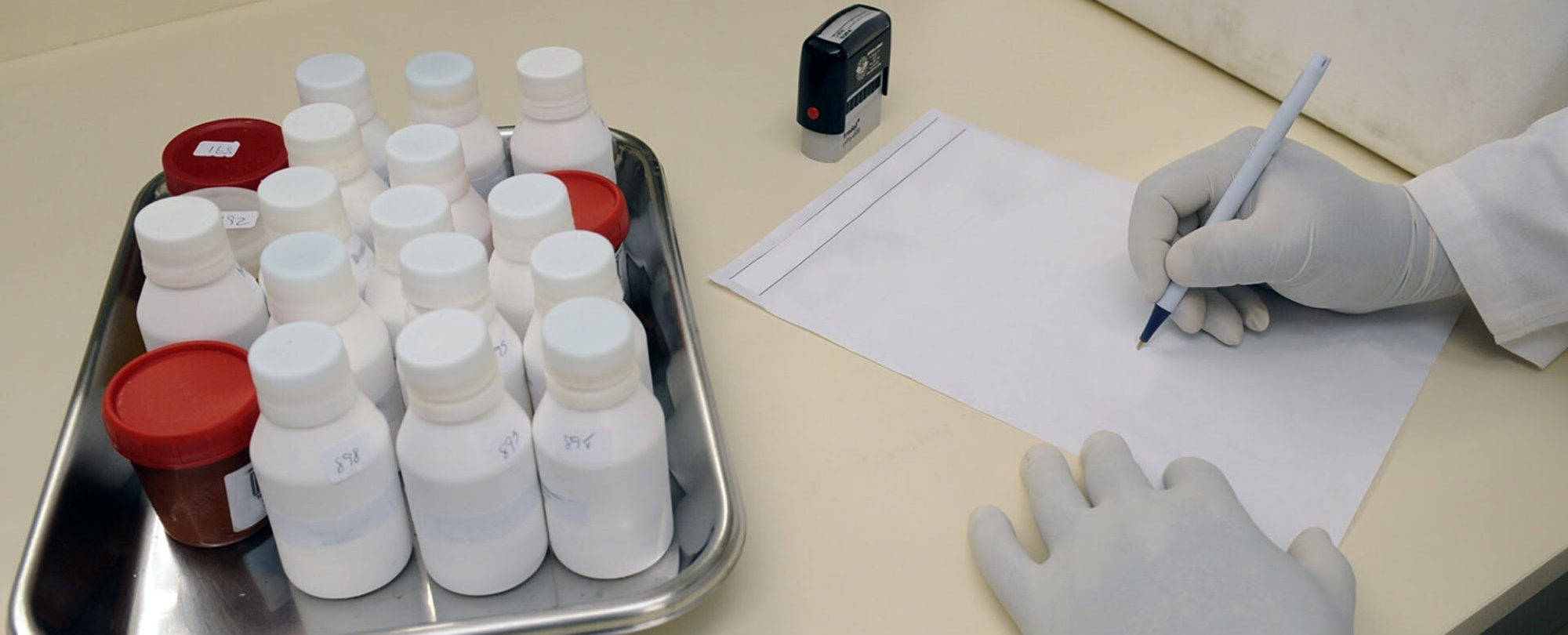Some say weight loss is a journey. Some say you should eat for the body you want, not the body you have. Some say that you can burn calories by eating a grapefruit. Remember that early ‘80s craze? For every grapefruit diet fad that’s debunked, two more weight-loss fables seem to pop up in its place. Here are three of the biggest fat loss myths busted.
Myth No 1: Avoid All Carbs at All Costs
First things first, some carbs really are terrible for you. Processed carbs powered by white flour and refined sugar (think pasta, pastries, fruit juice and beer) offer little or no nutritional value. Instead, they wreak havoc on your blood sugar levels and drive a host of health problems including obesity, diabetes and heart disease.
Complex carbohydrates, however, are a necessary component of a healthy diet. Research shows that because of their fiber content they can prevent an array of health issues, such as irritable bowel syndrome, heart disease, diabetes and colon cancer.
Which carbs are complex? Here’s a helpful, albeit incomplete, list:
Whole wheat flour, pasta and bread
Barley
Lentils
Brown rice
Quinoa
Beans
Chickpeas
Other fiber-rich foods to consider making staples of your fat-loss diet include nuts, seeds, fruits and vegetables. Each soaks up water as it moves through your body, so you don’t only feel full, you feel full for longer than you would with other foods.
Myth No. 2: Exercise Is the Key to Fat Loss
If you hate the gym, good news! Research shows that diet, not exercise, is the main factor in fat loss. Pounding the pavement or hitting the pool five days a week won’t help you lose fat and keep it off if you’re not eating well.
That said, exercise is key to maintaining your overall health — not to mention keeping up with your grandkids — so don’t donate your walking shoes to Goodwill just yet. Instead of overdoing it on the treadmill, however, focus on losing fat by building muscle.
Strengthening your body boosts your metabolism. The more muscle you have, the more calories you’ll burn each day simply by existing. Your basal metabolic rate determines how many calories melt off when you’re at rest, and the higher your body’s percentage of muscle, the higher your BMR.
Myth No. 3: If You Want To Lose Fat, Kiss Snacking Goodbye
If your mother was like mine, she likely warned you about the nutritional dangers of eating between meals. And by “warned you” I mean “ordered you not to spoil the dinner she spent the last 90 minutes making over a hot stove." You may have even issued such a warning to your own kids.
With apologies to mothers everywhere, snacking can be good for you in certain instances. In fact, most experts agree that eating five small meals each day instead of three can help you avoid overeating at those meals. Having a snack when mid-afternoon hunger pangs strike can stop you from bingeing from dinner until bedtime, too.
What you eat matters even more then when you eat it, though. If you’re chowing down on sugary sweets and salty treats between meals, you’re doing your waistline no favors. Opt for a healthy snack that’s high in nutrients, such as vegetables or non-fat yogurt, and you can aid fat loss.
Skip the alcohol, too. It's loaded with empty calories. If the thought of a wine-free book club makes you shudder, start with small changes. Trade one glass of Chardonnay for a clean, cool bottle of sparkling water with lemon that you can feel good about.
When it comes to fat loss, it’s important to separate the wheat from the chaff. And, as this myth-busting session shows, it’s just as vital to separate the whole wheat bread from its processed counterparts and trade your afternoon cookie break for some carrots and hummus. Over time, small changes yield huge results.

